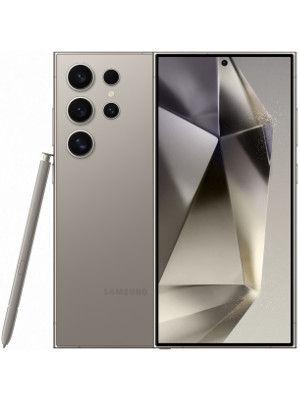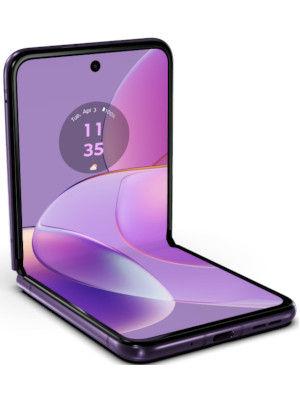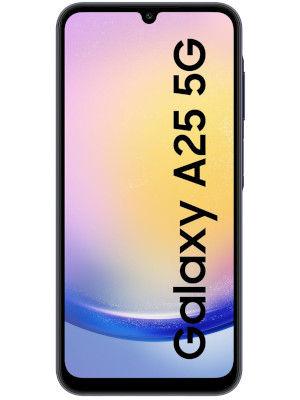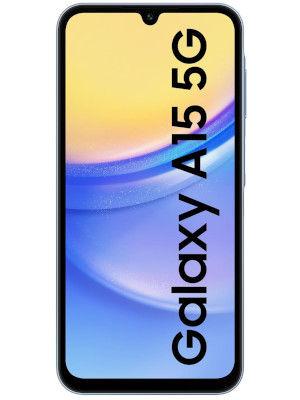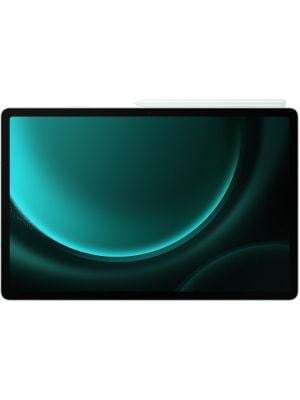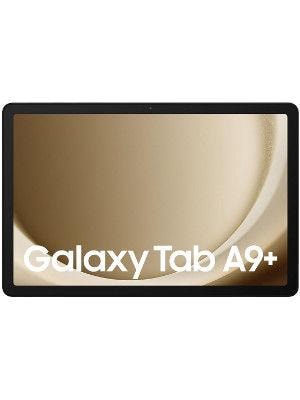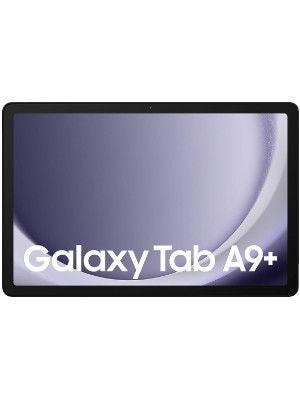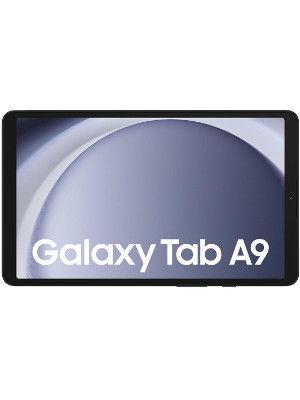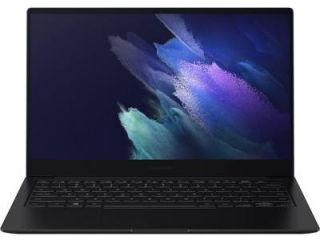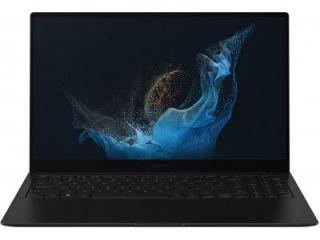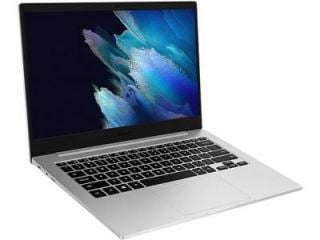Samsung Galaxy Z Flip’s ‘foldable’ glass explained: Where is the glass and where is the plastic?
JerryRigEverything’s YouTube video pretty much decimates what Samsung claims to achieve with the ultra-thin glass screen on the Galaxy Z Flip. What’s going on?
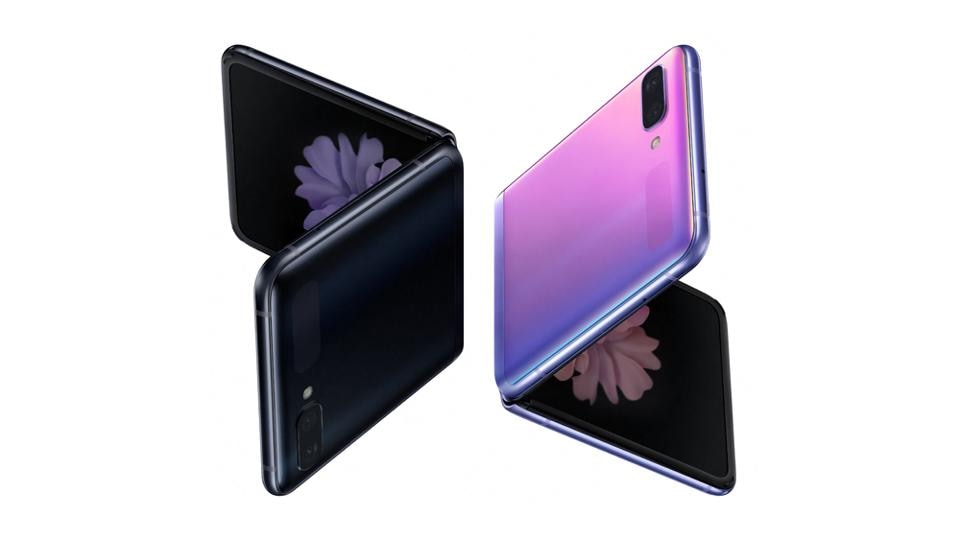
When Samsung launched the Galaxy Z Flip, the company mentioned that they were using 'ultra-thin glass' that could be folded at least 200,000 times. Which ideally means that the glass was suited for daily use on Samsung's latest foldable.
However, Zack Nelson from JerryRigEverything's YouTube channel has blown that idea out of the water.
In the video Nelson subjected the Galaxy Z Flip's display to several Mohs hardness tests and the Z Flip's display started showing scratches at Level 2. Most smatphone screens show scratches at Level 6 and deeper grooves at Level 7 and up.
This indicates that the Z Flip's display is not scratch resistant at the least. Later in the video we see how easily the screen can be scratched with just your fingernails. That's not something one expects from glass.
According to Nelson, that the 'glass' on the Z Flip started showing damages at Level 2 is reminiscent of what was seen on the Galaxy Fold and the Motorola Razr 2019. Both these phones have plastic screens, mind you.
Also, the Z Flip's screen "seemed to change shape" when heated indicating that the screen had something plasticky going on with it.
When Nelson tried to "damage the pixels", he observed that "the pixels directly above the pressure point were damaged". If the screen was really made of glass, "the pressure would have been distributed over the entire display". The screen itself is pretty resilient though, bending the Z Flip backwards shattered the back panel while the actual display still worked fine.
Also Read: Samsung Galaxy Z Flip's glass screen is not actual glass, reveals durability test
However, Samsung has been sticking to its claim of the display being made of glass. In a statement to The Verge, the company said,
"Galaxy Z Flip features an Infinity Flex Display with Samsung's Ultra Thin Glass (UTG) to deliver a sleek, premium look and offer an immersive viewing experience. Samsung's first-of-its-kind UTG technology is different from other Galaxy flagship devices. While the display does bend, it should be handled with care. Also, Galaxy Z Flip has a protective layer on top of the UTG similar to Galaxy Fold."
Is the Galaxy Z Flip using glass or is Samsung concealing the use of plastic on this smartphone to promote their ultra-thin glass? Apparently, according to reports, it's is a bit of both.
According to Lisa Grade from MobileTechReview, Samsung's UTG implementation "lends to deeper blacks and richer colours without the plasticky feeling" but since the glass is extremely thin, one must be very careful while using it.
One user managed to crack the display along the center crease of the device while folding it, so this confirms that Samsung is using glass (he got a replacement within 24 hours).
Received my Samsung Galaxy Z Flip just now. Opened the box. Removed the protective/instruction film. Flipped the phone as you would do since it's a flip phone and this happened. I heard the crack as well. 😰 cold weather?#SamsungGalaxy #ZFlip #samsung pic.twitter.com/j8KLL2vm8d
— Amir 💎 (@mondoir) February 14, 2020
Another popular teardown channel PBKreviews confirmed that the Galaxy Z Flip does use glass - "With the screen turned on, peeling off the outer plastic polymer layer did manage to shatter the UTG beneath confirming the presence of both glass and plastic".
Also Read: Samsung says it can design phones that can fold 'even more times', but…
Given the displays are fragile, Samsung offers a one-time screen replacement for $119 in the first year if you manage to damage the screen. The company says,
"As part of Premier Service, we will offer a one-time free application of a screen protector for the Z Flip at select UBIF [U Break I Fix], Samsung branded locations or by sending it to Samsung Premier Service via mail. The screen protector will be applied by a specialist with the proper equipment to align and apply it. The program is rolling out soon."
What is foldable glass?
So now we have arrived at a decision that Samsung is using UTG that is 'foldable'. However, 'Foldable glass' is a "bit of a misnomer". Displays with foldable glass don't fold all the way—there's no sharp crease as if you were folding a piece of paper. This is exactly what we see on the Motorola Razr 2019, which comes with a plastic screen though.
Also Read: Motorola Razr first look: Sneak peek at this new foldable that's coming to India soon
Instead, the glass bends. Foldable glass is a type of ultra-thin glass that can bend hundreds of thousands of times without breaking. It can't fold so that both sides touch, explains HowToGeek.
Bendable glass isn't new, but one of the challenges is making it ultra-thin. Corning's Polly Chu told CNET that "to go to a tight bend radius, you have to go to a glass that's much, much thinner than what you have today" - the thinner it gets, the more you can bend it.
John Bayne, who leads Corning's Gorilla Glass business, explained the challenge to Wired: "In a glass solution, you're really challenging the laws of physics, in that to get a very tight bend radius you want to go thinner and thinner, but you also have to be able to survive a drop event and resist damage."
Samsung might have achieved something close with the UTG, but it doesn't look like it can handle the daily wear and tear.
Catch all the Latest Tech News, Mobile News, Laptop News, Gaming news, Wearables News , How To News, also keep up with us on Whatsapp channel,Twitter, Facebook, Google News, and Instagram. For our latest videos, subscribe to our YouTube channel.

